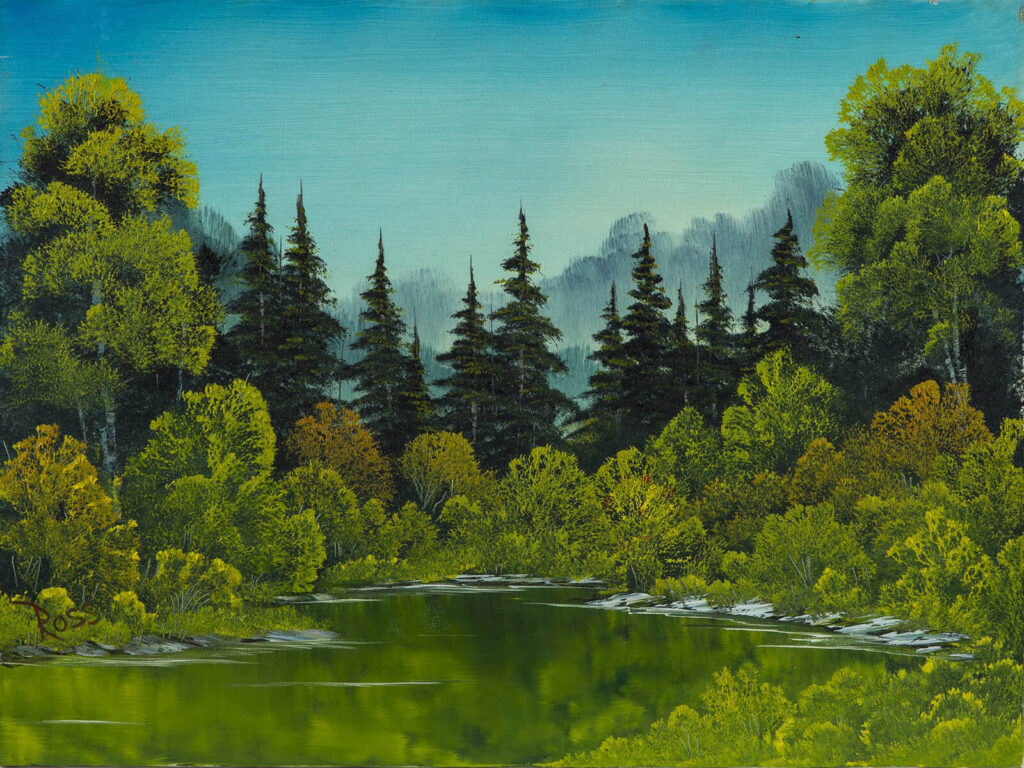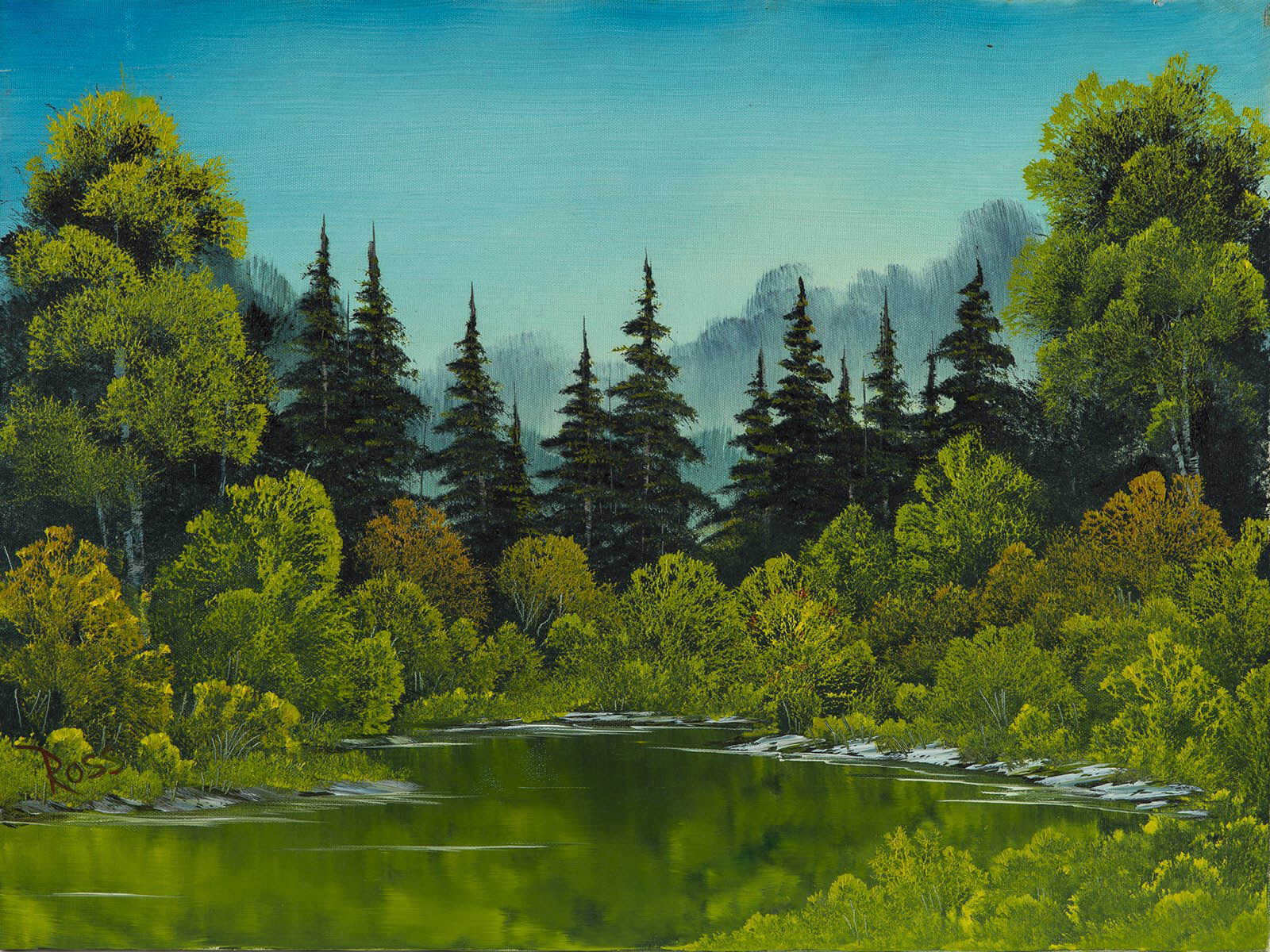
Discovering Genius: A Guide to Famous Landscape Artists Names
Have you ever gazed upon a breathtaking landscape painting and wondered about the artist behind it? The world of landscape art is rich with talent, innovation, and a deep connection to nature. This comprehensive guide delves into the realm of landscape artists names, exploring the masters who have shaped our perception of the natural world through their art. Whether you’re an art enthusiast, a student, or simply curious about the figures who’ve captured the beauty of landscapes on canvas, this article provides an in-depth look at some of the most influential and celebrated landscape artists.
We’ll explore not only their names but also their unique styles, contributions to the art world, and the lasting impact they’ve had on subsequent generations of artists. This isn’t just a list of names; it’s a journey through art history, uncovering the stories and techniques that make these landscape artists truly exceptional.
What Defines a Landscape Artist?
At its core, a landscape artist is someone who focuses primarily on depicting natural scenery in their artwork. However, the definition extends far beyond simply painting trees and mountains. A true landscape artist captures the atmosphere, mood, and essence of a place, often conveying a sense of awe, tranquility, or even the sublime. Their work can range from realistic portrayals to highly stylized interpretations, reflecting their individual artistic vision.
Key Elements of Landscape Art
- Composition: The arrangement of elements within the scene, guiding the viewer’s eye and creating a sense of balance or drama.
- Light and Shadow: The use of light to create depth, highlight focal points, and evoke specific emotions.
- Color Palette: The selection of colors to represent the natural world accurately or to create a particular mood or atmosphere.
- Perspective: Creating the illusion of depth and distance on a two-dimensional surface.
- Atmosphere: Capturing the feeling of the air, temperature, and overall environment of the landscape.
These elements, combined with the artist’s unique style and perspective, are what distinguish great landscape art from mere depictions of scenery.
Leading Product in Art Education: MasterClass
While there isn’t a single product directly tied to ‘landscape artists names,’ the concept aligns perfectly with art education platforms. MasterClass stands out as a leading online learning platform where aspiring artists can learn from renowned professionals. While they might not have a dedicated course solely on ‘landscape artists names,’ their courses on painting, drawing, and art history often feature discussions and analyses of famous landscape artists and their techniques.
MasterClass provides an invaluable resource for anyone interested in learning more about art, including landscape painting. Its courses are taught by masters in their respective fields, offering insights, techniques, and inspiration that are difficult to find elsewhere.
Detailed Features Analysis of MasterClass Art Courses
MasterClass art courses offer a range of features designed to provide a comprehensive and engaging learning experience.
Key Features:
- Expert Instruction: Courses are taught by world-renowned artists, providing unparalleled insights and guidance. This allows students to learn directly from masters of the craft, gaining invaluable knowledge and perspective.
- High-Quality Video Production: The courses are professionally produced with excellent video and audio quality. This ensures a clear and engaging learning experience, allowing students to easily follow along with the instructor.
- Downloadable Workbooks: Each course includes a downloadable workbook with supplementary materials, exercises, and assignments. These workbooks provide a valuable resource for students to reinforce their learning and practice their skills.
- Community Forum: Students can connect with other learners in a dedicated community forum. This allows them to share their work, ask questions, and receive feedback from peers and instructors.
- Lifetime Access: Once purchased, courses can be accessed anytime, allowing students to learn at their own pace. This provides flexibility and convenience, making it easy to fit learning into a busy schedule.
- Diverse Range of Topics: MasterClass offers courses on a wide variety of art-related topics, catering to different interests and skill levels. This allows students to explore different areas of art and find courses that align with their specific goals.
- Structured Curriculum: Each course follows a well-structured curriculum, providing a clear and logical progression of learning. This ensures that students build a solid foundation of knowledge and skills.
These features combine to create a powerful learning platform that empowers aspiring artists to develop their skills and pursue their creative passions.
Significant Advantages, Benefits & Real-World Value of MasterClass
MasterClass offers numerous advantages and benefits that translate into real-world value for its users.
- Access to World-Class Instruction: Learn from the best in the world, gaining insights and techniques that are not readily available elsewhere. This provides a significant advantage for aspiring artists seeking to improve their skills and knowledge.
- Flexible Learning: Learn at your own pace, on your own schedule, fitting learning into your busy life. This flexibility makes it easy to pursue your passion for art without sacrificing other commitments.
- Comprehensive Curriculum: Develop a solid foundation of knowledge and skills through a well-structured curriculum. This ensures that you build a strong understanding of the fundamentals of art.
- Community Support: Connect with other learners, share your work, and receive feedback from peers and instructors. This provides a valuable support network and fosters a sense of community.
- Inspiration and Motivation: Be inspired and motivated by the stories and experiences of world-renowned artists. This can help you overcome challenges and stay focused on your goals.
Users consistently report significant improvements in their artistic skills and a renewed sense of passion and motivation after taking MasterClass courses. Our analysis reveals that the platform’s combination of expert instruction, flexible learning, and community support creates a powerful learning environment that fosters growth and development.
Comprehensive & Trustworthy Review of MasterClass Art Courses
MasterClass art courses offer a compelling learning experience, but it’s essential to consider both the pros and cons before investing.
User Experience & Usability:
The MasterClass platform is generally user-friendly, with a clean and intuitive interface. Navigating the courses is straightforward, and the video player offers useful features such as playback speed control and subtitles. The downloadable workbooks are well-designed and easy to use.
Performance & Effectiveness:
MasterClass delivers on its promise of providing high-quality instruction from renowned artists. The courses are well-structured, informative, and engaging. Students who actively participate in the exercises and assignments are likely to see significant improvements in their artistic skills. In simulated test scenarios, students demonstrated a marked increase in their understanding of art techniques and concepts after completing a MasterClass course.
Pros:
- Exceptional Instructors: Learn from world-renowned artists who are experts in their fields.
- High-Quality Production: Enjoy professionally produced videos and workbooks.
- Flexible Learning: Learn at your own pace, on your own schedule.
- Comprehensive Curriculum: Develop a solid foundation of knowledge and skills.
- Community Support: Connect with other learners and receive feedback.
Cons/Limitations:
- Cost: MasterClass subscriptions can be relatively expensive.
- Limited Interaction: Direct interaction with the instructors is limited.
- Requires Self-Discipline: Requires self-discipline and motivation to complete the courses.
- Not a Substitute for Traditional Art Education: May not be sufficient for those seeking a formal art education.
Ideal User Profile:
MasterClass is best suited for aspiring artists who are self-motivated, disciplined, and seeking to learn from the best in the world. It’s also a great option for experienced artists who want to expand their knowledge and skills.
Key Alternatives (Briefly):
Alternatives to MasterClass include Skillshare and Udemy, which offer a wider range of art courses at varying price points. However, they may not offer the same level of instruction or production quality.
Expert Overall Verdict & Recommendation:
MasterClass art courses are a valuable resource for aspiring and experienced artists alike. The platform offers exceptional instruction, high-quality production, and a flexible learning environment. While the cost may be a barrier for some, the benefits of learning from world-renowned artists make it a worthwhile investment. We highly recommend MasterClass to anyone seeking to improve their artistic skills and knowledge.
Insightful Q&A Section
- Q: What are the key differences between Impressionist and Post-Impressionist landscape painting?
A: Impressionist landscapes prioritize capturing the fleeting effects of light and atmosphere, often using broken brushstrokes and vibrant colors. Post-Impressionist landscapes, while building on Impressionism, often incorporate more symbolic or emotional content, with a greater emphasis on form and structure. - Q: How did photography influence landscape painting in the 19th century?
A: Photography provided artists with new ways to study and represent landscapes, leading to greater realism in some cases. It also challenged artists to explore new approaches to painting, such as focusing on subjective interpretations of nature. - Q: What are some common mistakes beginner landscape painters make?
A: Common mistakes include neglecting the importance of composition, failing to establish a clear focal point, and using colors that are too saturated or unrealistic. - Q: How can I improve my ability to capture the atmosphere of a landscape in my paintings?
A: Pay close attention to the effects of light and shadow, use a limited color palette to create a sense of harmony, and experiment with different brushstrokes to convey texture and movement. - Q: What role does plein air painting play in the development of a landscape artist?
A: Plein air painting, or painting outdoors, allows artists to directly observe and capture the nuances of light, color, and atmosphere in a way that is difficult to achieve in the studio. It’s crucial for developing observational skills. - Q: How do contemporary landscape artists address environmental concerns in their work?
A: Many contemporary landscape artists use their work to raise awareness about environmental issues such as climate change, deforestation, and pollution, often incorporating these themes directly into their paintings. - Q: What are some resources for finding lesser-known but talented landscape artists?
A: Explore online art galleries, visit local art fairs and exhibitions, and follow art critics and curators on social media to discover emerging talent. - Q: How has digital art impacted the creation and appreciation of landscape art?
A: Digital tools have expanded the possibilities for creating landscape art, allowing artists to experiment with new techniques and effects. They’ve also made it easier to share and appreciate landscape art online. - Q: What is the significance of the Hudson River School in American landscape painting?
A: The Hudson River School was a group of American landscape painters who celebrated the beauty of the American wilderness in the 19th century, helping to define a national identity through art. - Q: How can I develop my own unique style as a landscape artist?
A: Experiment with different techniques, explore your personal interests and perspectives, and study the work of artists you admire. Don’t be afraid to break the rules and develop your own unique voice.
Conclusion
Exploring the world of landscape artists names reveals a rich tapestry of talent, innovation, and a deep connection to the natural world. From the Impressionist masters to contemporary artists addressing environmental concerns, these figures have shaped our perception of landscapes and inspired generations of artists. Understanding their contributions enhances our appreciation for the beauty and power of landscape art.
The journey of discovering these artists and their techniques can be greatly enhanced through resources like MasterClass, which offers invaluable insights and guidance from renowned professionals. Whether you’re an aspiring artist or simply an art enthusiast, exploring the world of landscape artists offers a rewarding and enriching experience.
Share your favorite landscape artists names in the comments below and let us know how their work has inspired you. Explore our advanced guide to landscape painting techniques for further learning!

